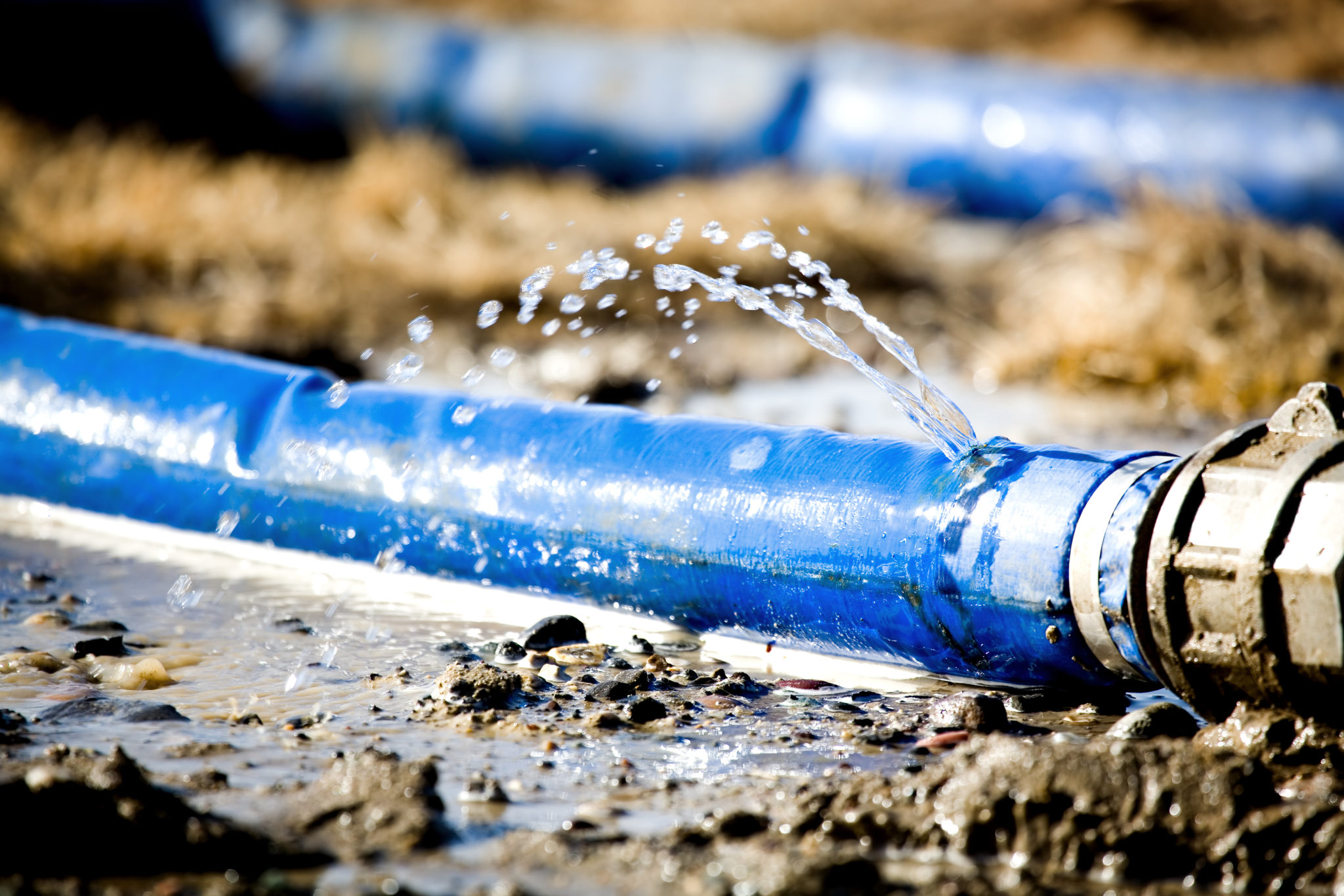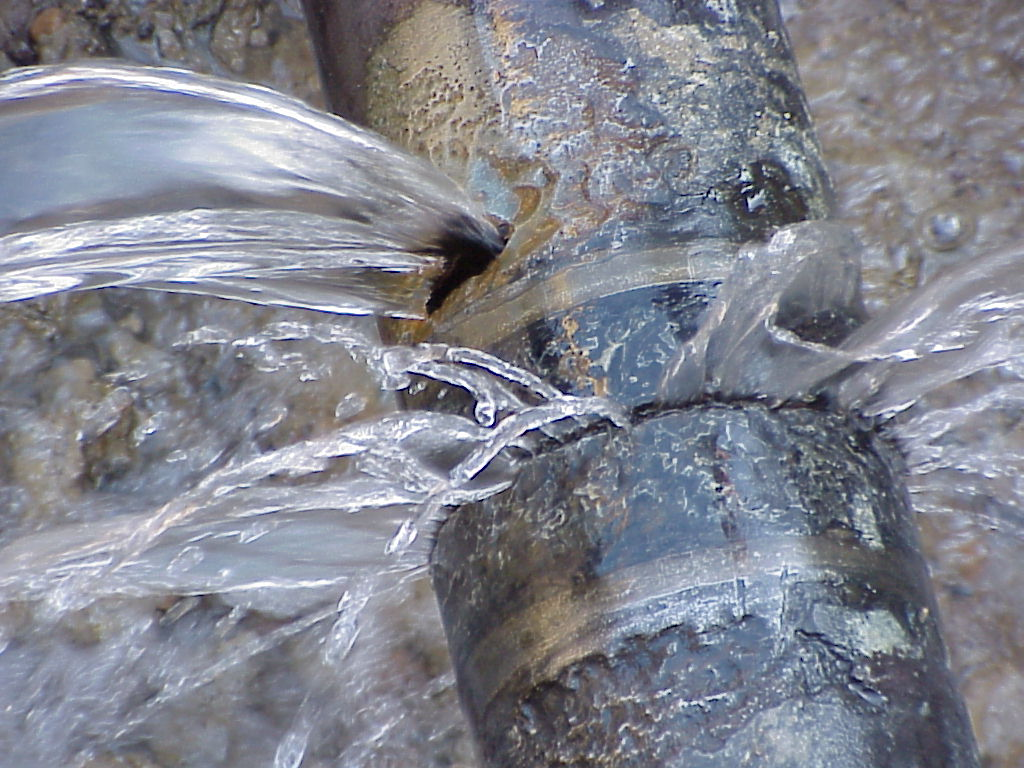Noticing and Speedily Addressing a Leaking Pipe: What to Know
Noticing and Speedily Addressing a Leaking Pipe: What to Know
Blog Article
The content listed below about What to Know Before Installing a Dishwasher is absolutely interesting. Have a go and draw your own personal conclusions.

A ruptured pipeline is a major emergency; you can only stand as you view water you pay dearly to reunite with the earth. In worse cases, you notice a pool on your kitchen floor, which is a fantastic trip hazard, specifically if you have youngsters around. If the pipeline that burst was in your walls, bad news: you might require to paint that whole section.
Just how can a disaster like a burst pipe be prevented and also handled? Well, by listening to your expert emergency plumbing technicians and adhering to these policies.
Exactly how do I know when my pipelines have burst?
Fluctuating water stress
Pipes do not just burst in a day. You might have observed that your kitchen faucet or shower doesn't run quickly when you transform the faucet. It may pause for a couple of seconds and afterwards blast you with even more pressure than typical.
In various other instances, the water may seem typical initially, then decrease in stress after a couple of seconds.
Wet wall surfaces and water spots
Prior to a pipe bursts, it will certainly leak, the majority of times. If this persistent leaking goes unnoticed, the leak might finish into a broad laceration in your pipe. One very easy means to avoid this emergency is to watch out for damp wall surfaces ad water spots. These water stains will lead you right to the leakage.
Puddles under pipelines as well as sinks
When a pipe ruptureds, the outflow forms a pool. It may appear that the puddle is expanding in dimension, as well as regardless of the number of times you mop the pool, in a few mins, there's an additional one waiting to be cleaned. Commonly, you may not be able to map the puddle to any kind of visible pipelines. This is an indication to call a professional plumber.
Untraceable trickling sounds
Pipe bursts can occur in the most undesirable locations, like within concrete, inside wall surfaces, or under sinks. When your house goes quiet, you may be able to listen to an aggravatingly persistent leaking noise. Also after you've checked your shower head and kitchen faucet, the dripping might proceed.
Precious reader, the dripping may be coming from a pipeline inside your wall surfaces. There isn't much you can do concerning that, other than tell a professional plumber.
Turn off the Water
When water freezes, it increases in quantity by regarding 9 percent. And it increases with significant pressure: The pressure inside pipelines may go from 40 pounds per square inch to 40,000 psi! No pipeline can hold that much stress, so it bursts. The break may happen where the ice types, however more frequently, it happens where water pressure discovers a weak spot in the pipeline. That might be inches and even feet from the frozen location. Discover the water shutoff valve and switch off the water to avoid more damages. You might also need to shut off the electrical power too, relying on where the leaks occurs as well as how huge it is.
Infected water
Many people assume a burst pipeline is a one-way outlet. Quite the contrary. As water drains of the hole or gash in your plumbing system, contaminants discover their method.
Your water might be infected from the resource, so if you can, inspect if your water container has any problems. However, if your drinking water is provided and also detoxified by the local government, you must call your plumber quickly if you see or scent anything funny in your water.
What do I do when I detect a burst pipe?
Your water meter will certainly remain to run even while your water wastes. To lessen your losses, find the major controls and transform the supply off. The water mains are an above-ground framework beside your property.
How to Fix & Detect a Leaking Pipe
How Do I Know if a Pipe is Leaking?
Leak detection tests can help you determine if your pipe has a leak. Even if you don’t see an apparent leak, you should still conduct leak detection tests regularly to save water and money—and prevent major damage to your home.
Water meter. It can be helpful to figure out what your usual water meter usage numbers are and then monitor them regularly. To monitor your meter, first, turn off all water faucets in your home. Check the meter and write down the numbers. In a few hours, check the meter again. If the numbers have changed, you have a leak. Water gauge. Use a water gauge to test your water pressure. Your showerhead should produce a certain amount of water pressure based on its model and design. If the pressure is lower than it is supposed to be for that specific showerhead, your home likely has a leak. Puddles. Look inside your bathroom, laundry, and kitchen sink cabinets. Puddles around the cabinets or around toilets, tubs, showers, and washing machines indicate the presence of a leaking pipe. You may also notice loose tiles, peeling or flaking paint, or mold caused by water accumulation. Napkin test. Even if you don’t see any puddles, you may still have a leak. You can test for water leaks in the bathroom, laundry, and kitchen by wiping below-sink connections with a napkin, paper towel, or piece of toilet paper. If it becomes damp, you probably have a leaking pipe under the sink. Discolored walls. Walls that are discolored—usually with brown or yellow stains—or bulging might mean that they have been impacted by water damage caused by a leaking pipe. Smell. A leaky pipe will create sitting water, and over time, that water may develop a musty smell. If your home smells musty, but you can’t locate the source, it may be due to a leak. Steps for Fixing a Leaking Pipe
A leaky drain can be remedied by tightening the pipe base, replacing the drain seal, caulking the rim, and tightening the pipe nut. Similarly, a leaking toilet pipe can be treated by tightening the packing nut. You may also need to replace the valve. A leaky faucet may just need tightening or replacement of the washers. If that doesn’t work, consider replacing your faucet. If your pipe has a hole in it, you may want to use a pipe leak sealer or pipe leak tape. This quick fix for water pipe leaks can also temporarily fix a copper pipe leak. https://www.ahs.com/home-matters/quick-tips/how-to-tell-if-pipes-are-leaking/

Do you like reading up on How to Install and Connect a New Dishwasher? Make a remark further down. We'd be interested to know your ideas about this blog. Hoping that you visit us again in the near future. Feel free to set aside a second to share this write-up if you liked it. Many thanks for taking the time to read it.
Source Report this page